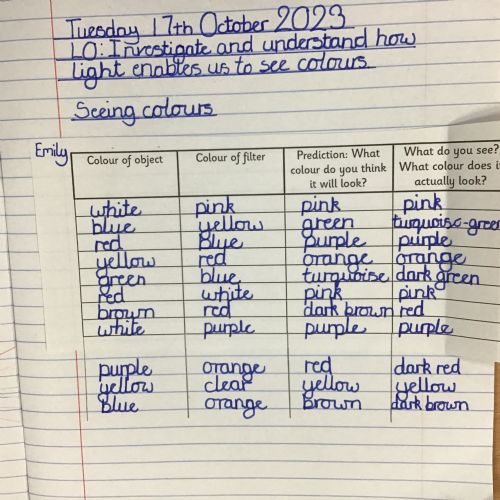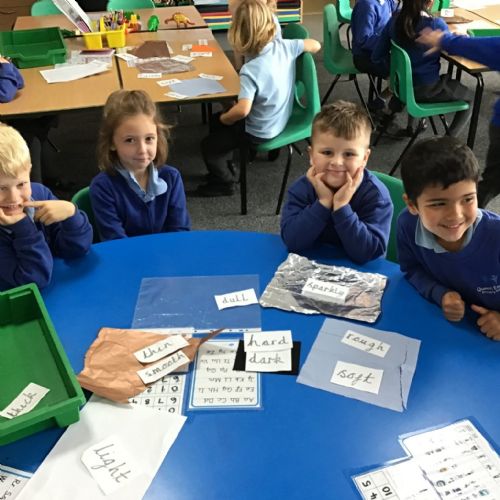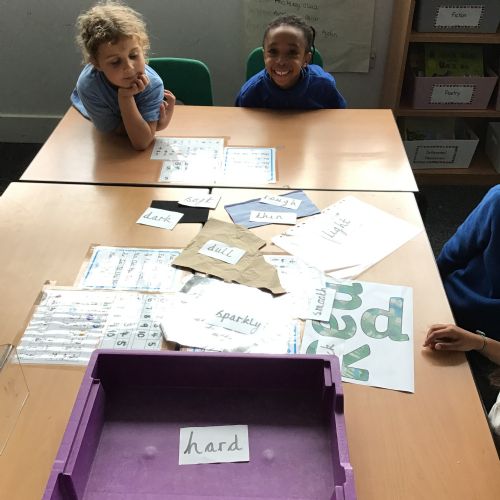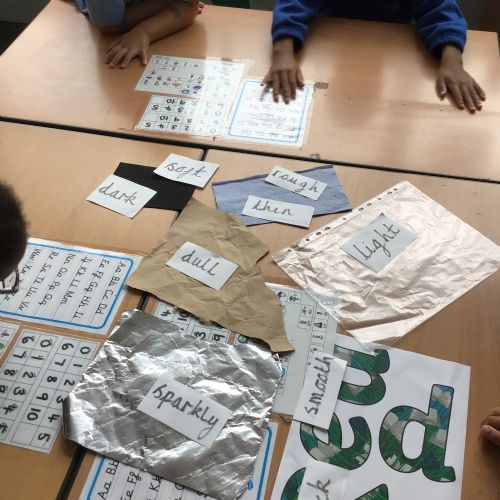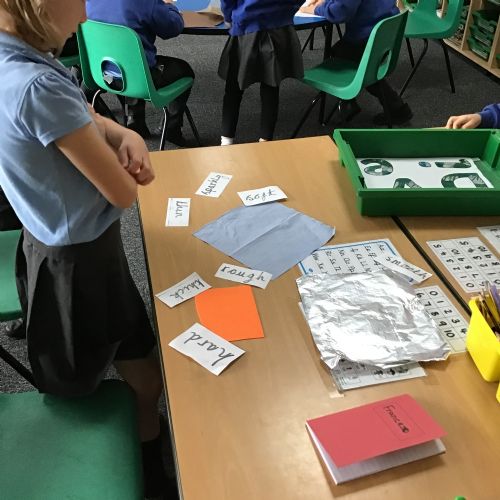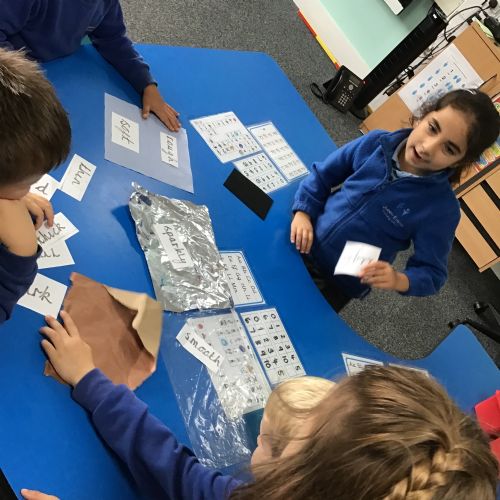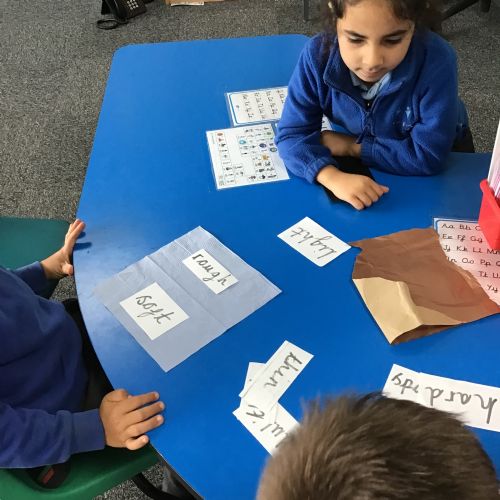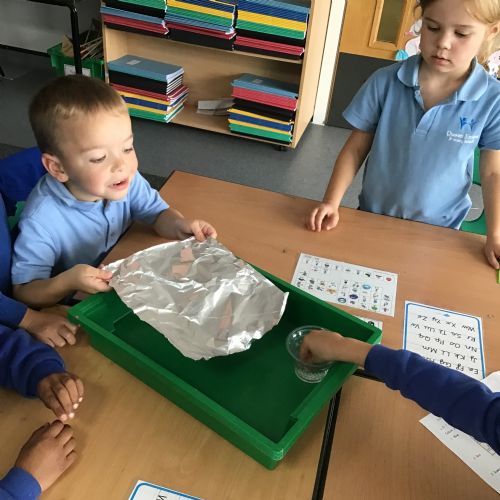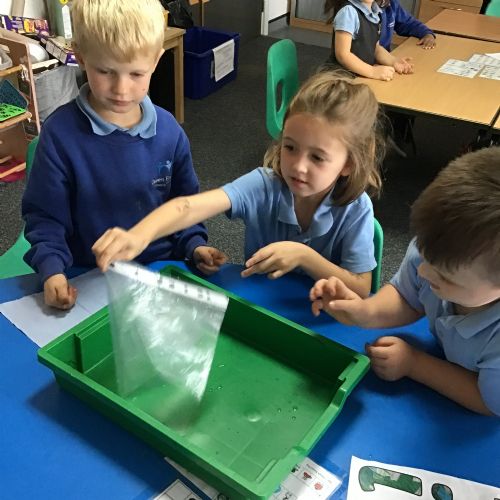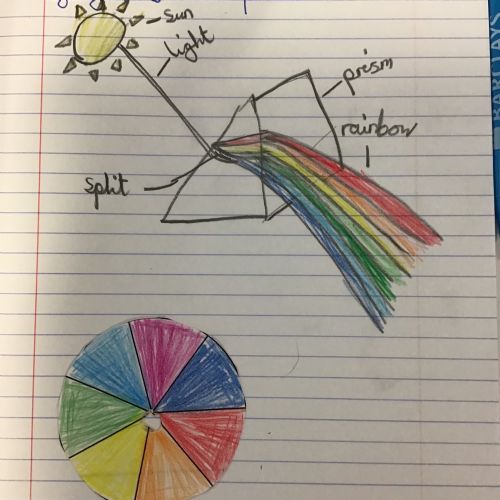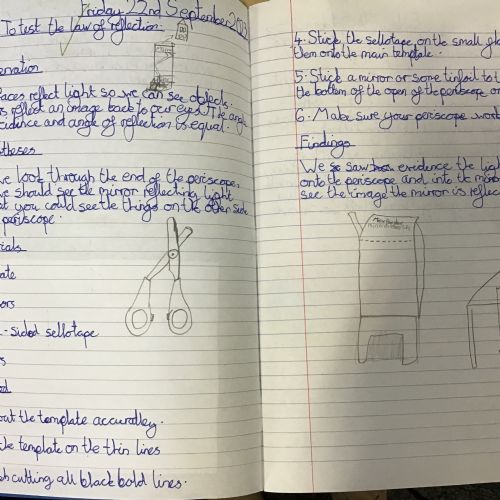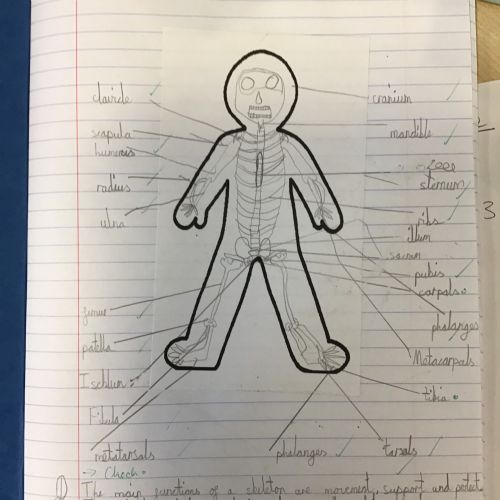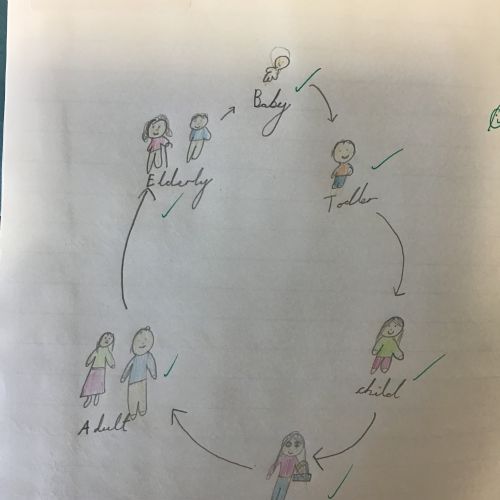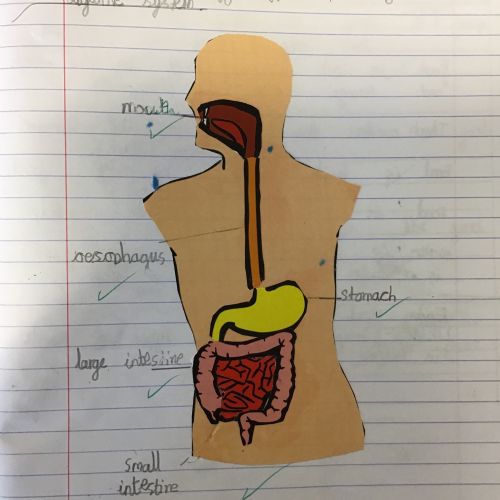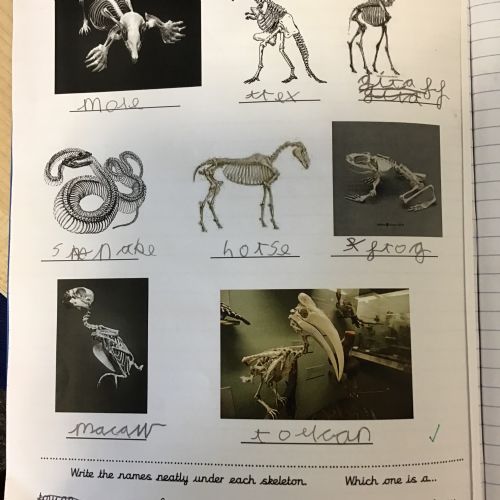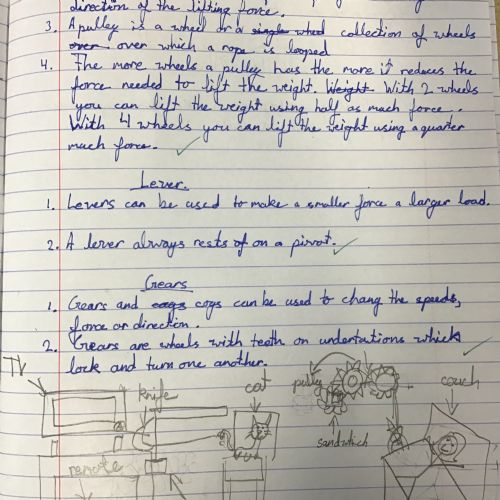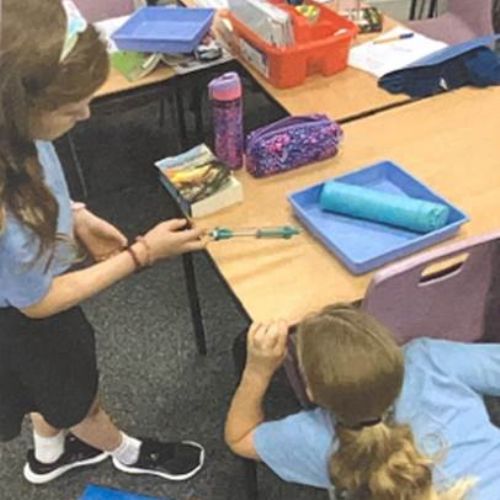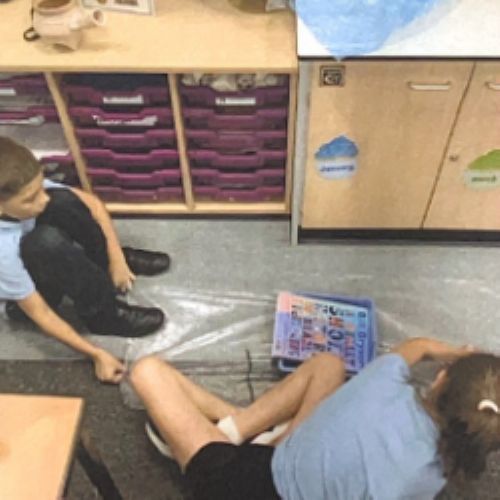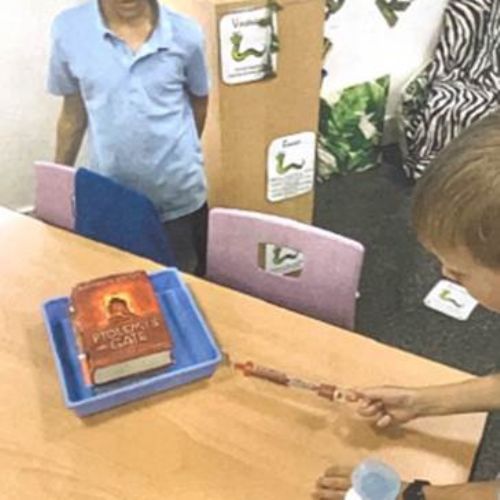Science
Intent
At the Queens’ Federation we aim to foster ‘Learning for Life.’
We will provide a rich, relevant and inspirational curriculum that promotes a lifelong love of learning and equips our pupils with the key knowledge and understanding, skills and personal qualities that they will need to thrive in a rapidly changing world. Our curriculum is designed to be relevant to our children and is linked to the context of our school and the local community.
At the Queens’ Federation, it is our aim to provide a high quality science curriculum that provides pupils with a strong understanding of the world around them whilst acquiring specific skills and knowledge to help them think scientifically and develop scientific enquiry skills. Our curriculum will enable pupils to become enquiry based learners collaborating through researching, investigating and evaluating a wide range of experiences.
Pupils will be encouraged to understand how science can be used to explain what is occurring, predict how things will behave and analyse causes. It will provide opportunities for the critical evaluation of evidence and rational explanation of scientific phenomena as well as opportunity to apply wider curriculum knowledge to their understanding of science, including collecting, presenting and analysing data. Pupils will be immersed in scientific vocabulary, which supports the acquisition of scientific knowledge and understanding.
Implementation
Encouraging children to ask questions, allowing them to indulge their curiosities and build on their abilities to find scientific answers by both logical enquiry and keen observation is at the heart of teaching and learning in science at the Queens’ Federation. Scientific enquiry skills are embedded into each topic that the pupils study. Topics are revisited and developed throughout their time at school allowing pupils to build upon their prior knowledge and increase their understanding of all areas of science.
At the Queens’ Federation, our science curriculum is enriched through the use of cross-curricular links which make learning purposeful and relevant. We endeavor to provide regular on and off site science related experiences and provide opportunities to learn outdoors where appropriate, making learning relevant to our local area. We further supplement our curriculum with engaging science events and by utilising experts from within the local and wider community.
We view assessment as a holistic process, which takes place in every lesson through observation of, in questioning and in conversation with pupils and in the production of written outcomes. Science assessment criteria set out the key knowledge and skills that a pupil should achieve at the end of each unit of work.
Impact
At the Queens’ Federation pupils will develop a sense of excitement and curiosity about science. Our curriculum provides them with the necessary skills and knowledge to become young scientists and builds foundations for understanding the world that they can take with them once they complete their primary education. Pupil outcomes evidence a broad and balanced science curriculum and at the end of each year, pupils achieve age related expectations and retain the knowledge and skills learnt from each unit of work.
Yearly Overview
| Autumn 1 | Autumn 2 | Spring 1 | Spring 2 | Summer 1 | Summer 2 | |
|---|---|---|---|---|---|---|
| Y1 |
Everyday Materials Seasonal Changes |
Seasonal Changes Space |
Animals, including Humans: Animals Seasonal Changes |
Animals, including Humans: Animals Seasonal Changes |
Plants |
Animals, including Humans: The Human Body / The Five Senses Seasonal Changes |
| Y2 | Animals including humans |
Uses of Everyday Materials |
Living things and their habitats | Living things and their habitats | Plants | Plants |
| Y3 | Animals including humans | Rocks |
Forces and Magnets |
Animals, including Humans - Nutrition |
Light | Plants |
| Y4 | Animals including humans | Sound |
States of Matter |
Electricty | Living Things and Habitats |
Living Things and Habitats |
| Y5 | Forces |
Earth and Space |
Living things and their habitats | Animals including humans |
Properties and Changes of Materials |
Properties and Changes of Materials |
| Y6 | Light | Electricity | Living things and their habitats |
Evolution and Inheritance |
Animals including humans |
Animals including humans |
Pupil Voice
The Science lead did a pupil voice session with a selection of SEND pupils to hear their thoughts on Science at Queen Emma.
“I loved doing Space Day where we had to order the planets. I can remember all of them because we came up with a rhyme. It was so fun to do a whole day of Science and not be interrupted by any other lessons. I liked colouring in the planets.”
“This is my work where we learnt about animals that eat meat and eat leaves. My teacher helped me cut out the animals.”
Examples Of Learning
Year 3 learnt about how light from a source travels in straight lines until it is blocked by an object. We sorted objects and materials into groups according to their properties: transparent, translucent or opaque. We had fun investigating these using a torch with the lights out!
Queen Emma had a fantastic day when Gareth from ‘The Royal Institute of Science’ came into school and did a whole day based around the theme of ‘Explosive Food’ during British Science Week. He did a show for Key Stage 1 and Key Stage 2 where the children learnt a vast array of things such as all about how powerful our tongues are with their taste buds, why we should be eating more insects in our diet, how flammable jelly babies are and a disgusting and immersive look into our digestive system.
All classes then spent the day taking part in a variety of Science experiments including making lava lamps, removing dye from skittles, flower experiments, food chains and jelly babies dissolving in a variety of solutions.
In the evening Gareth then held a community show for all the families within the federation which was based upon ‘Rockets.’ This was full of fire and explosive experiments and it was fantastic to see so many of our families attend this brilliant event.
There was a real buzz around the school during the day and it was a super event that many of the children will remember in the future.
In year 6 we have been classifying animals in Science. We practised some yes/no question formation before producing a branching diagram to help organise animals according to specific characteristics. Lots of fun!
The Year Sixes have been looking at inheritance and evolution in science. This board highlights all the learning done in spring 1, and highlights the key features leading to our new learning this half term. Wonderful examples!
Science
Year 1 had a great day learning all about Space. We went off in our rockets to learn a song all about the 8 planets in our solar system. We then coloured, cut out and ordered them correctly (the song really helped us with this!) Next we learnt about the relative sizes of planets, with Mercury being the size of a peppercorn, Earth a cherry tomato and Jupiter the size of a grapefruit! In the afternoon we learnt about how day and night are made using torches and pretending to be Earth and the moon orbiting around the sun. Finally we made our own model with split pins to recreate the Earth and moon’s orbit. Come and ask us more about our learning as we learnt so many interesting and out of this world facts.
During Year 4 Science we designed an experiment to see what the effect of different liquids was on eggshells. We used that information to think about how and when we should brush our teeth and what the effect of different liquids was on our teeth.
Year 6 were enthralled with the last lesson in their light unit. They looked at different coloured filters and saw what colour the new filters changed to. They filled in their own table of results and there were some surprises! Great prediction and interpreting results Year 6.
Year 1 had a great time investigating which materials would be suitable for a helmet for the character in our class book, Traction Man. They had to use their scientific skills to predict which material would be best and investigated the properties of them. They had a great time while applying their knowledge practically.
Pupils from Year 2 to Year 6 have been working extremely hard in Science this half term at Queen Emma. As you can see from the fantastic work, they have covered so many different Science topics such as light, the human body and life cycles. They have covered practical experiments, filling in tables, predictions and diagrams. Well done to all of the pupils and teachers for this half term’s amazing work.
Year 5 are enjoying their current Science unit, ‘forces’. They have been observing the effects of gravity, friction and air resistance. This week they have planned an enquiry from a given investigation question. They have been looking at the effects different surfaces have on the force needed to pull the object along, using a Newton meter.

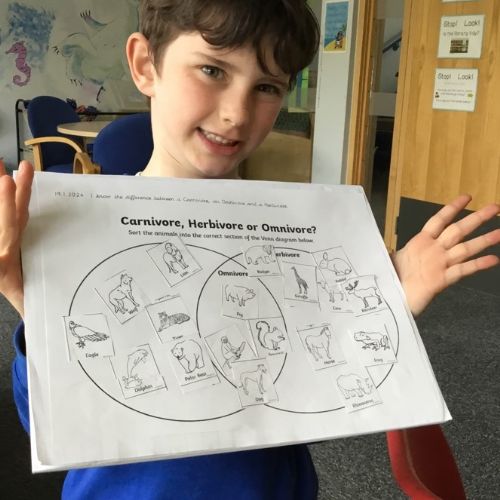
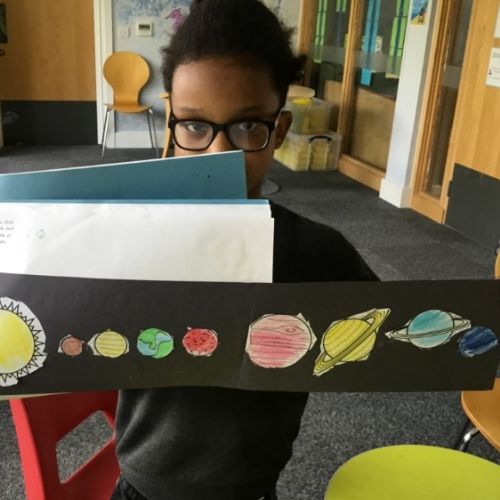

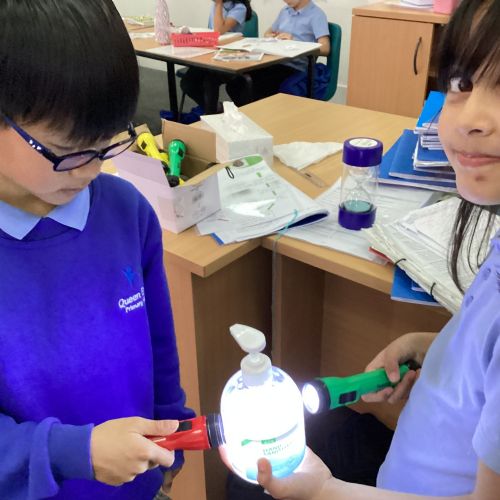
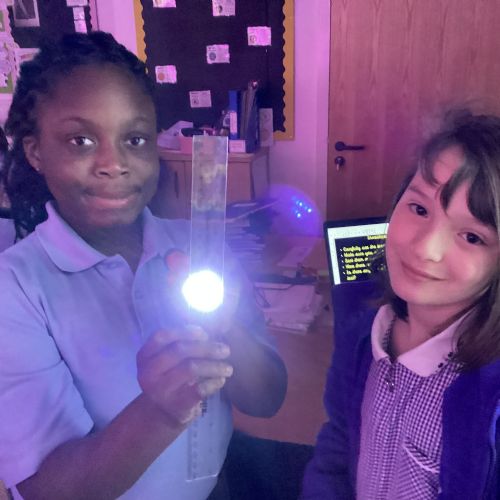
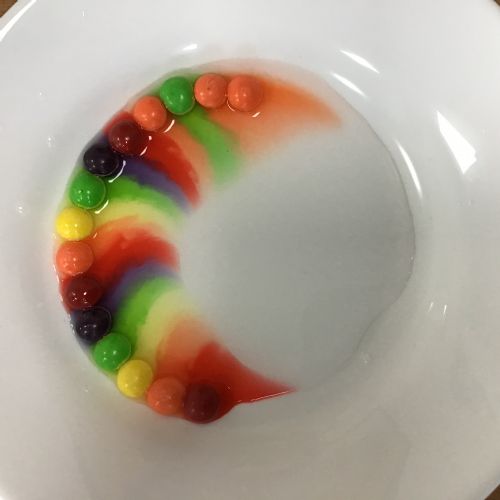
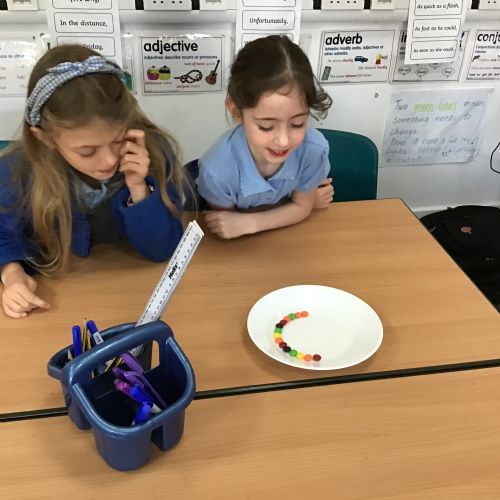
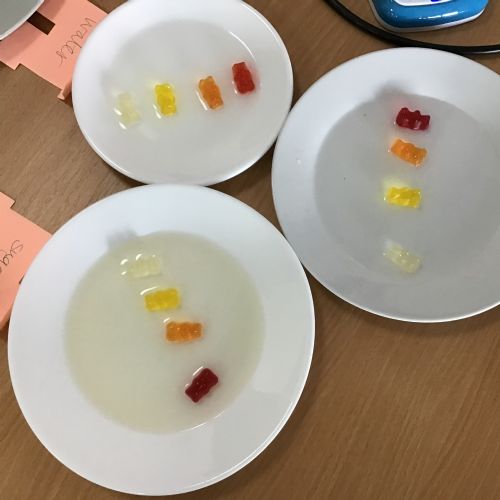
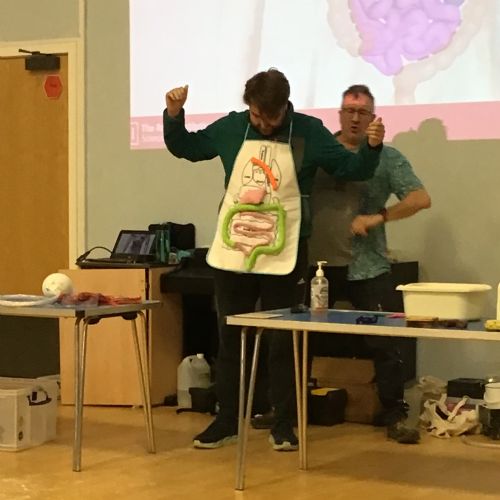
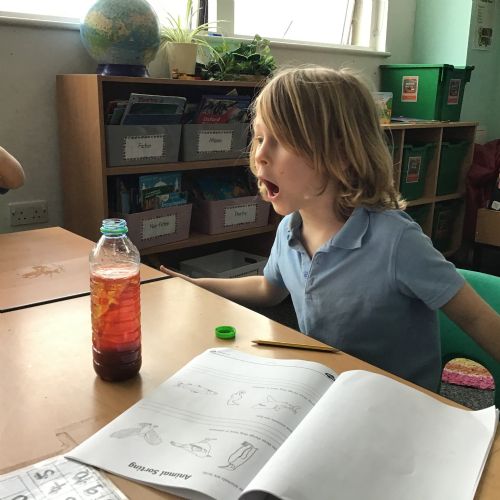
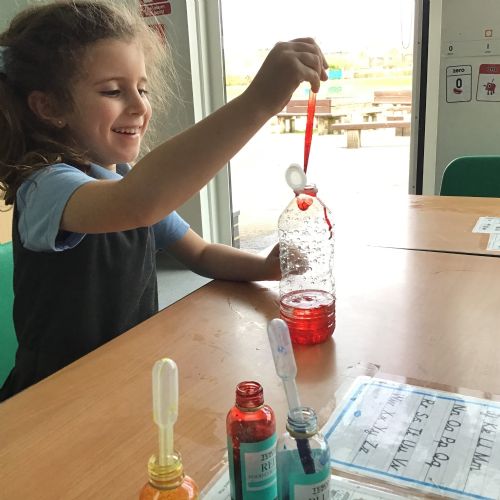

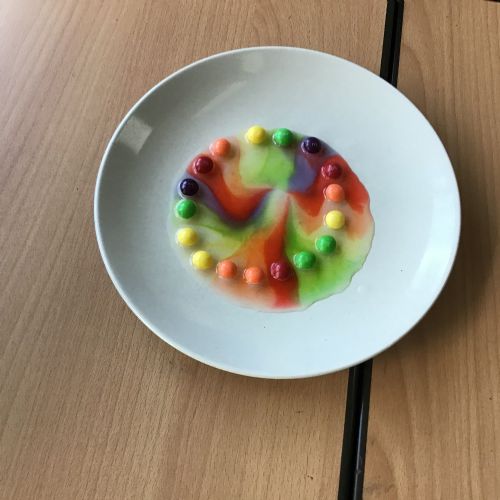
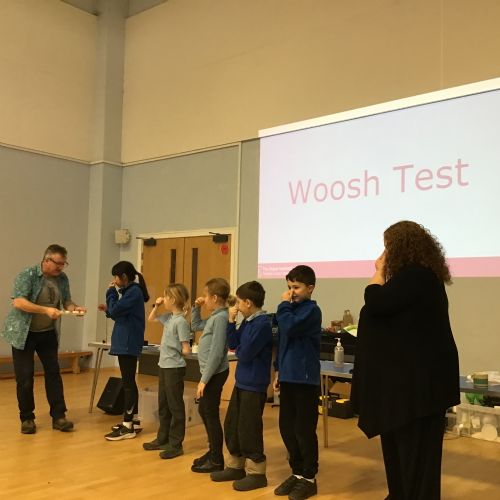
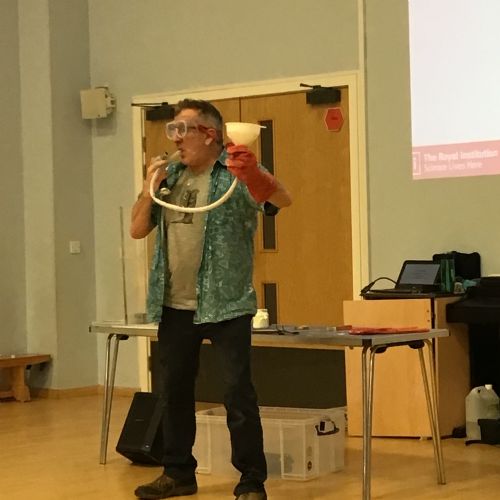
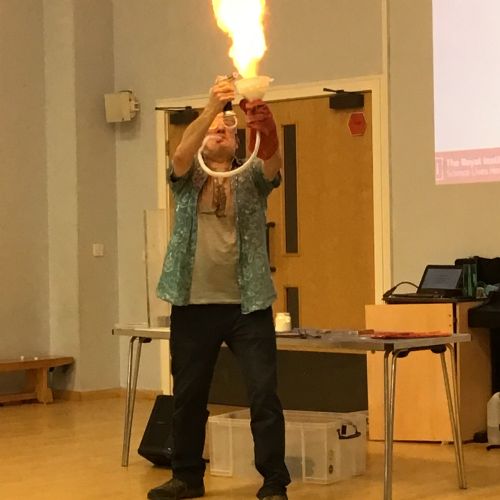
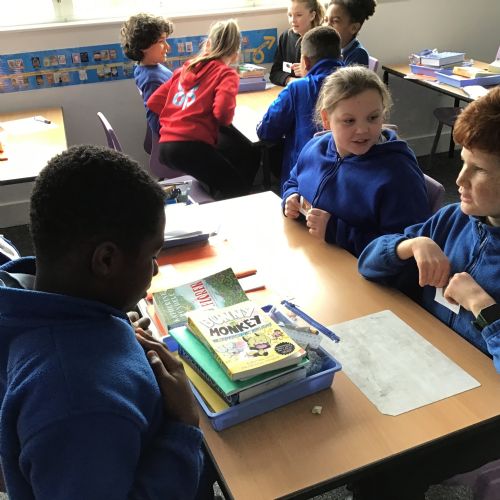
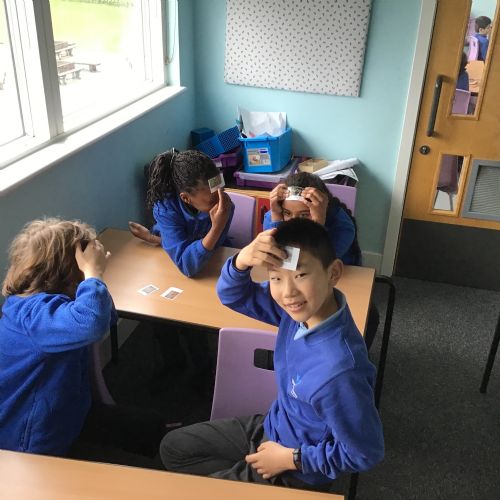
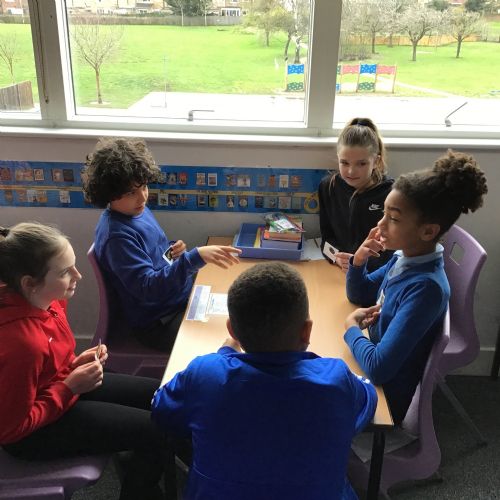
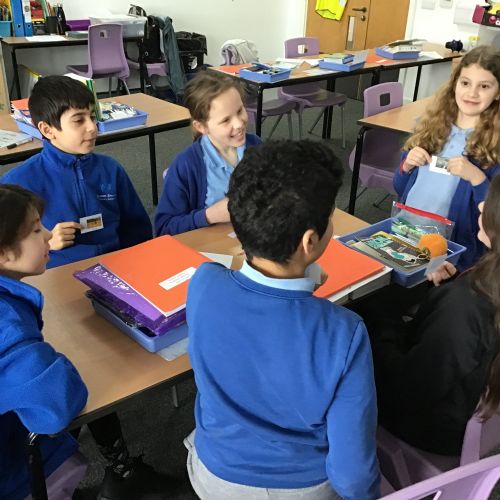
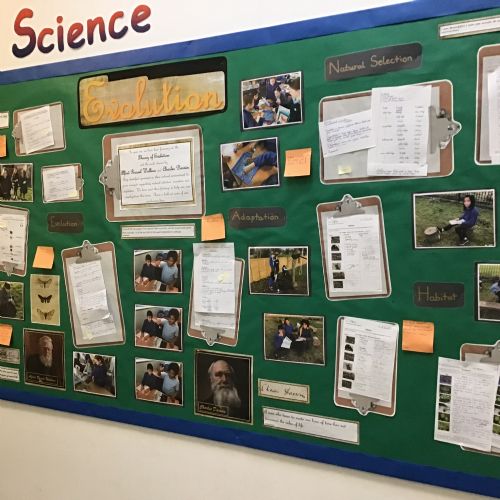
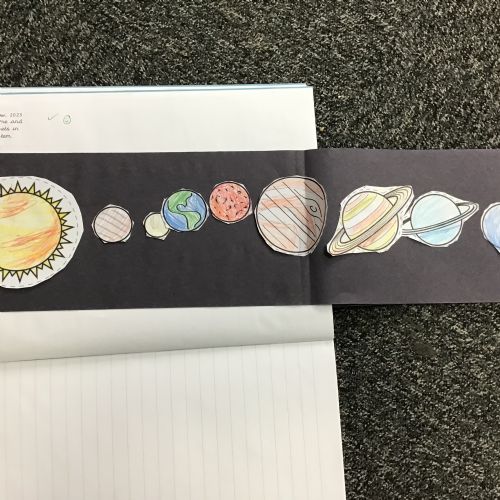
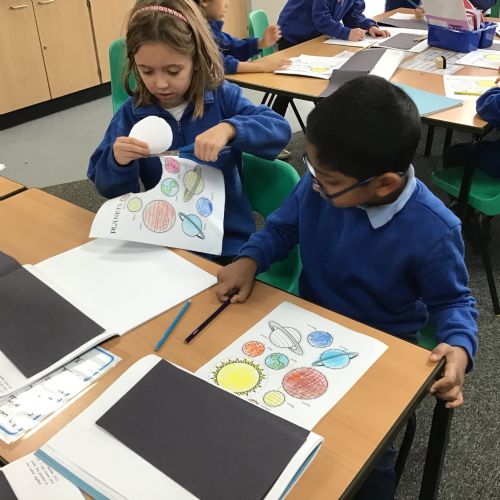
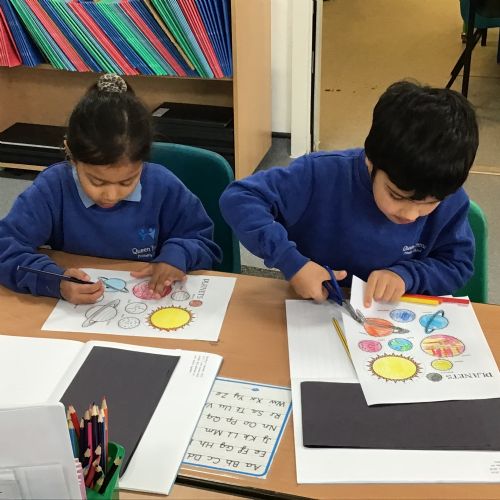
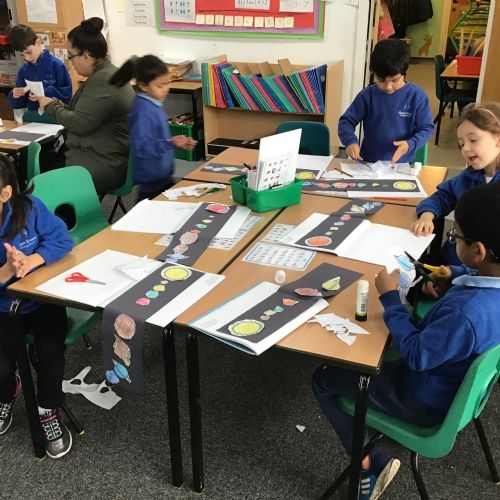
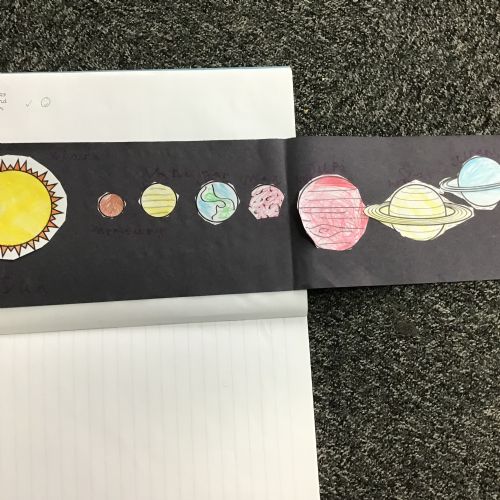
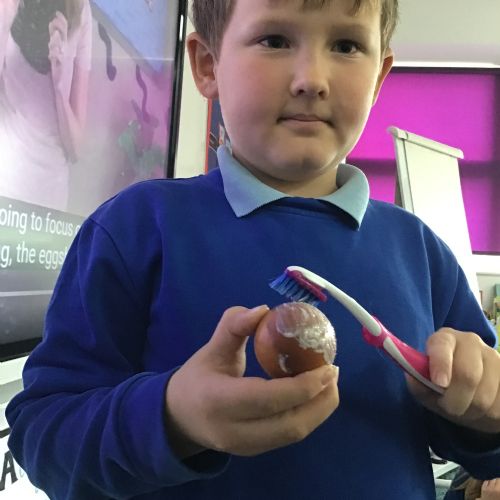
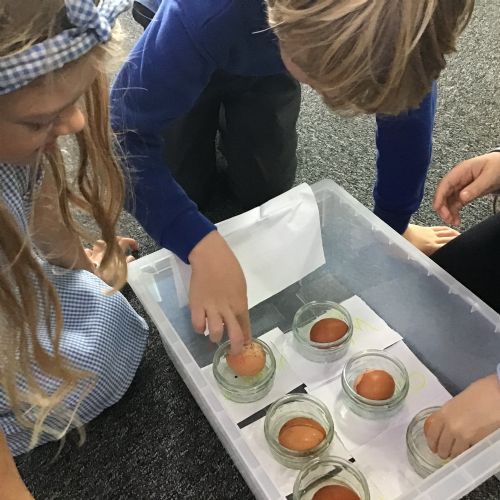
.JPG)
.JPG)
.JPG)
.JPG)
.JPG)
.JPG)
